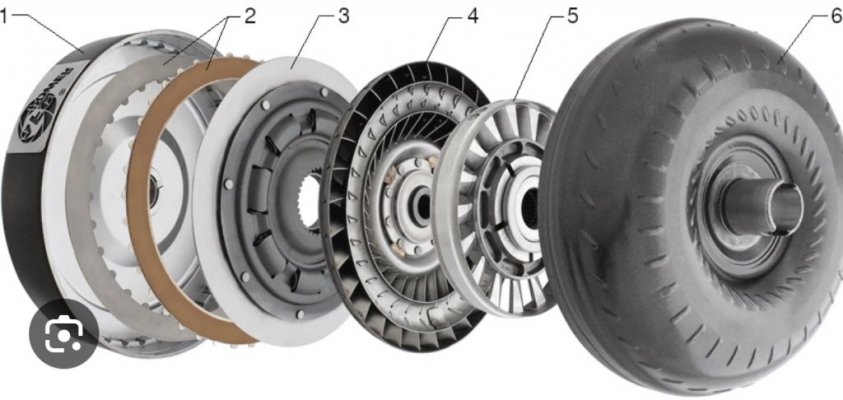Ricko1966
Full Access Member
- Joined
- Apr 11, 2017
- Posts
- 4,067
- Reaction score
- 5,919
- Location
- kansas
- First Name
- Rick
- Truck Year
- 1975
- Truck Model
- c20
- Engine Size
- 350
Okay a while back somebody needed a switch for his kick down on his TH400,he ended up 3d printing a bracket to mount a mechanical switch.I stated I thought a Hobbs switch would be an easier solution than fabbing a bracket. Whether it is or is not the easy route, I'm sure a lot of you don't know what a Hobbs switch is. So I'm putting this up here just to educate and give people options they never even knew they had. A Hobbs switch is a on/off switch controlled by pressure,whether it's vacuum or positive pressure it's still just opens or closes a circuit. A plain Jane on off oil pressure switch is a good example no oil pressure the switch is closed your light comes on. For those that have 700r4s they have a Hobbs switch on the firewall to unlock the converter at wot. So just telling people that didn't know if you want to turn something on or off at WOT or Idle under boost whatever it's as easy as mounting a switch and running a vacuum line or oil pressure line.
Last edited:


